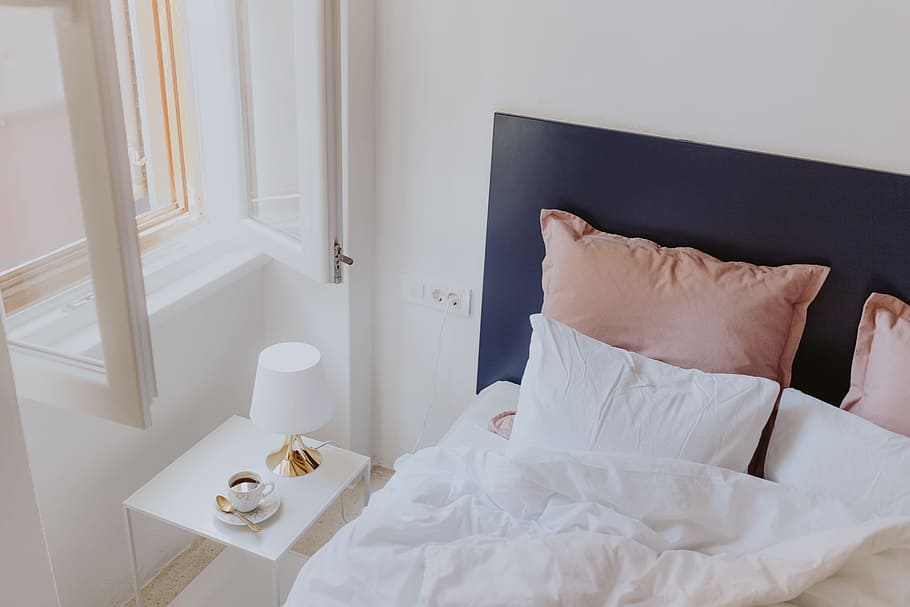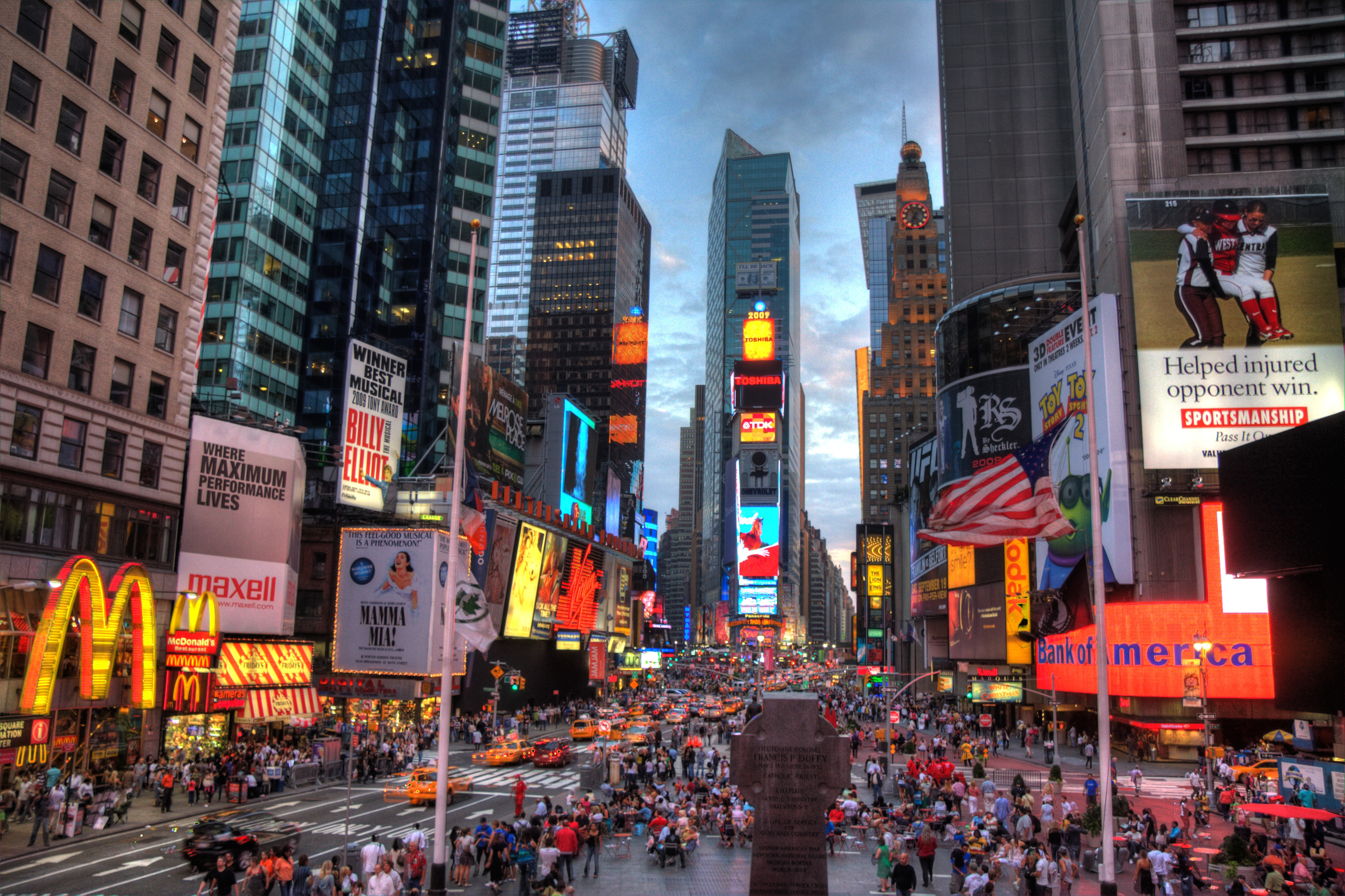What are the safest neighbourhoods in Manhattan? For anyone considering a move to New York City, finding a good place to live is often the first step toward building a life here. Many parts of Manhattan offer secure, community-oriented environments that are ideal for families, students, professionals, and retirees. Based on NYPD crime stats, neighbourhood reports, and local insights, this guide breaks down 10 safest areas in Manhattan. Whether you are moving here for the first time or relocating within the borough, it will help you find a neighbourhood right for you.
Top 10 Safest Neighborhoods in Manhattan
How safe are neighborhoods in Manhattan, NYC? We’ve matched the most recent NYPD crime totals with local population estimates to calculate a crime rate per 1,000 residents. By standardizing the data this way, we level the playing field, giving you an apples-to-apples look at safety from the Upper East Side to the Financial District.
| Manhattan Neighborhood | Police Precinct | Population | 2025 Major Crimes | Crimes per 1,000 Residents |
|---|---|---|---|---|
| Tribeca | 1st Precinct | 17,000 | 1600 | 94.1 |
| Battery Park City | 1st Precinct | 8,000 | 1600 | 200.0 |
| Financial District | 1st Precinct | 33,000 | 1600 | 48.5 |
| Murray Hill | 17th Precinct | 34,000 | 783 | 23.0 |
| Kips Bay | 13th Precinct | 20,000 | 1982 | 99.1 |
| Sutton Place | 17th Precinct | 8,000 | 783 | 97.9 |
| Lincoln Square | 20th Precinct | 61,800 | 1010 | 16.3 |
| Upper East Side | 19th/23rd Precincts | 192,000 | 2117 | 11.0 |
| Upper West Side | 20th/24th Precincts | 209,000 | 1010 | 4.8 |
| Roosevelt Island | RIPSD (Primary) | 11,722 | 31 | 2.64 |
1. Tribeca

Tribeca consistently ranks among Manhattan’s safest neighborhoods, owing to its low-density residential layout, robust affluent community, and comprehensive security systems. The area preserves high-end residences and boutique commercial spaces converted from industrial lofts, attracting numerous celebrities to settle here. Tribeca’s security is a collaboration between private and public forces. Luxury buildings provide their own security, while the high density of government institutions ensures frequent police patrols. In New York City crime statistics, the area consistently ranks among the lowest, achieving a safety rating of 9.5/10.
Pros:
- Quiet and upmarket community atmosphere
- Scenic views of Hudson River alongside vibrant nightlife
Cons:
- Highest property prices and cost of living rank among Manhattan
- Occasional crowds near tourist hotspots
Safety Tips for Living in Tribeca:
- Install or use smart home security to prevent targeted theft
- Avoid disclosing travel plans when away to minimise burglary risks
2. Battery Park City
Battery Park City is a 92-acre planned community nestled at Manhattan’s southwestern tip. As a purely residential enclave, it prohibits through traffic to greatly reduce opportunistic crime. Battery Park City has controlled access points, comprehensive CCTV surveillance, and a dedicated 24/7 security patrol team, forming a dual-layered security system. Here you can find carefully planned streets, orderly footpaths, and expansive parkland, effectively suppressing conditions conducive to crime. Statistics indicate Battery Park City’s overall crime rate is 38% below the national average, with violent crimes and property offences reduced by 56% and 35% respectively.
Pros:
- Stunning views of the Hudson River and extensive green spaces;
- Clusters of high-quality schools, such as PS 276 and Stevenson High School, making it ideal for families;
- proximity to the financial district ensures convenient commuting, with access to the R, W, and 1 subway lines.
Cons:
- High cost of living;
- proximity to the river presents potential disaster risks from storms and sea level rise.
Safety Tips for Living in Battery Park City:
- Residents of waterfront US apartments should maintain flood insurance to mitigate extreme weather risks;
- When strolling along the waterfront promenade at night, walk in groups and avoid displaying valuables.
3. Lincoln Square
Lincoln Square particularly excels in violent crime safety, ranking 18th with fewer than one violent crime per thousand residents. As the cultural heart of the Upper West Side, this neighborhood has venues such as Lincoln Centre for the Performing Arts, attracting large numbers of visitors and residents. Robust security measures and consistently well-maintained night-time lighting create an effective natural surveillance environment. Benefiting from residents high standards for security, Lincoln Square’s community safety continues to improve in recent years.
Pros:
- Rich cultural atmosphere with numerous venues including the American Folk Art Museum;
- balanced distribution of residential and cultural spaces catering to both practical and intellectual needs, ideal for arts enthusiasts and families.
Cons:
- Higher property crime due to tourist density.
- Traffic congestion during cultural events.
Safety Tips for Living in Lincoln Square:
- Keep personal belongings secure during large events at cultural venues;
- Prioritise main thoroughfares and avoid secluded side streets when lingering near theatres at night.
4. Roosevelt Island
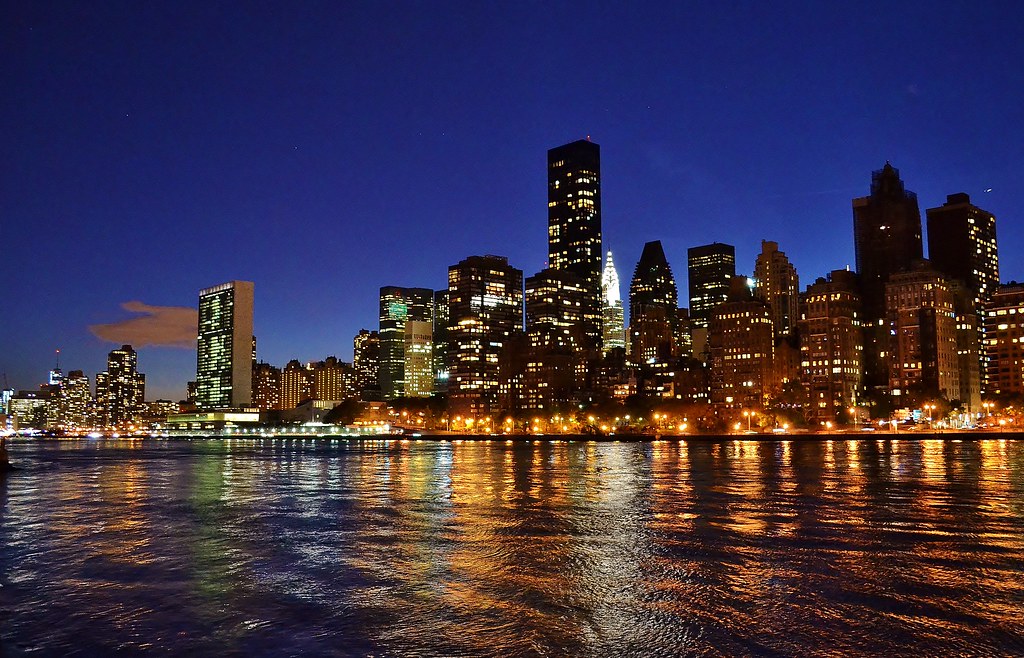
Though technically part of Manhattan, Roosevelt Island feels worlds away. Its semi-isolated geography creates a calm, secure environment with low violence and high community engagement. The island connects to Manhattan via cable car, subway and bridge. Its relative geographical independence facilitates effective management while fostering a distinctive suburban atmosphere. The presence of Cornell Tech further contributes to a stable, student-centric community in Roosevelt Island, reducing the risk of violent conflict.
Pros:
- More affordable than other areas in Manhattan.
- Superior natural scenery ideal for leisurely strolls.
Cons:
- Limited dining and entertainment options.
- Late-night tram or subway rides can feel isolated.
Safety Tips for Living in Roosevelt Island:
- Opt for times with higher passenger volumes when travelling by tram or subway at night.
- Keep the telephone number of The Roosevelt Island Operating Corporation’s Public Safety Department handy.
5. Murray Hill
Murray Hill has evolved into a relatively liveable and safe neighbourhood in Manhattan from a “fresh graduate housing in the US”. Its crime rate stands at 42% below the national average, 60% lower than the New York City average. Murray Hill features predominantly townhouses and mid-rise apartments. Its orderly layout, ample street lighting, and pedestrian-friendly design maintain a lower overall density than neighbouring areas like Kips Bay or Gramercy. The resident population consists mainly of young professionals, with a median household income of $148,759. This stable community structure coupled with higher economic standing effectively deters criminal activity.
Pros:
- Various affordable housing options ideal for both students and young professionals;
- Excellent commuting links, abundant dining and leisure facilities, and high residential amenity.
Cons:
- a 6% year-on-year increase in crime rates;
- minor incidents such as altercations or petty theft may occur during peak hours in concentrated nightlife zones.
Safety Tips for Living in Murray Hill:
- Travel in groups when returning from trendy clubs and bars at night.
6. Upper East Side
The Upper East Side maintains an overall reputation for safety, particularly the area east of Lexington Avenue. It features doorman buildings, classic pre-war architecture, and well-maintained streets. As one of the safest parts in Manhattan, Upper East Side benefits from multiple police precincts and close corporation with the New York Police Department. The neighbourhood predominantly attracts affluent residents and professionals, featuring tree-lined streets and stringent security management. Its proximity to Central Park means security patrols in public spaces indirectly bolster safety throughout the surrounding area.
Pros:
- Rich cultural heritage with a high concentration of museums and art galleries;
- Numerous high-end shopping venues and comprehensive amenities;
- Excellent school resources like New York University and Fordham University.
Cons:
- High living expenses and slightly higher violent crime rate than the national average (27 in this area vs. 22.7 nationally).
Safety Tips for Living in Upper East Side:
- When walking near Central Park at night, stick to main paths and travel in groups.
7. Upper West Side
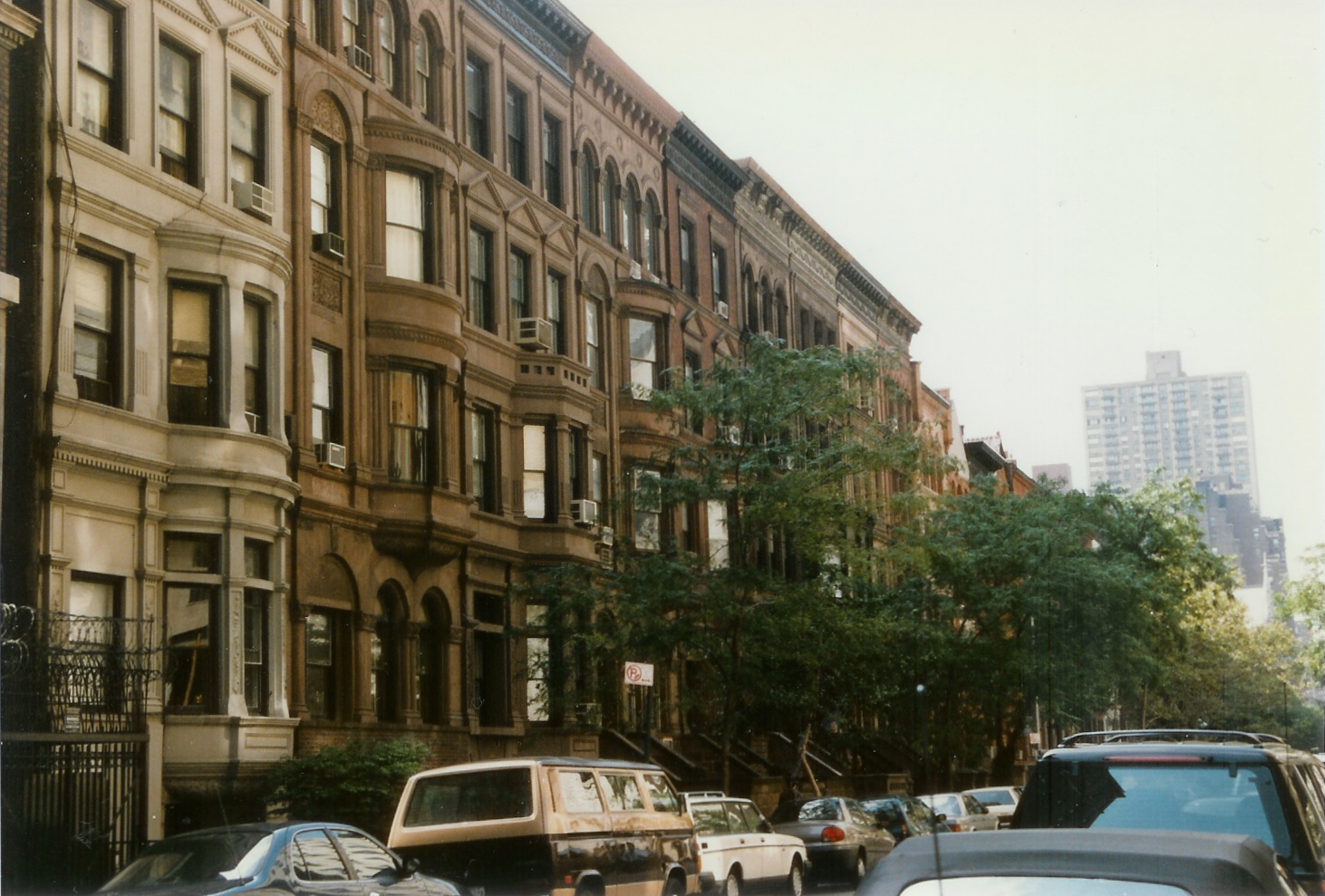
The high level of security in the Upper West Side comes from the combination of community oversight and strong police coverage. The neighbourhood is covered by the highly efficient 20th and 24th Precincts. With the private security forces of institutions such as Lincoln Centre, museums, and private schools, Upper West Side creates a safe living environment for residents. The extensive public transport network also maintains overall safety through orderly management.
Pros:
- Well-equipped amenities including parks, schools, and libraries;
- Excellent transport links and a vibrant community atmosphere.
Cons:
- Property crime higher than U.S. average;
- high population density leads to severe congestion during morning and evening rush hours in some areas.
Safety Tips for Living in Upper West Side:
- Watch over personal belongings at major hubs like 59th Street–Columbus Circle and 72nd Street when boarding or aligning.
8. Kips Bay
Kip Bay is considered as a safe neighborhood to live in Manhattan becausse of its status as a “non-tourist area”. The absence of major tourist attractions in the community significantly reduces opportunities for crimes targeting visitors. Kip Bay’s residents primarily comprises staff and students of New York University School of Medicine and its affiliated hospitals, alongside young professionals from the surrounding area, fostering a stable and orderly community atmosphere. Home to multiple medical institutions, the area benefits from robust institutional security and round-the-clock foot traffic, creating a natural deterrent.
NYPD data indicates the area’s crime rate falls within the lower-middle range for Manhattan, with violent crime below the city average. Property crime aligns with overall trends, and crime rates have shown a consistent downward trajectory in recent years, confirming the community’s overall safety.
Pros:
- A peaceful community atmosphere;
- Convenient commuting between Midtown and Downtown Manhattan, balancing work and life.
Cons:
- Limited entertainment and nightlife;
- Less dynamic than surrounding neighborhoods.
Safety Tips for Living in Kip Bay:
- Actively participate in neighbourhood watch initiatives and promptly report potential security concerns.
- The waterfront promenade sees fewer pedestrians at night; avoid lingering alone for extended periods.
9. Sutton Place
Sutton Place is a compact, discreetly located upmarket residential enclave along Manhattan’s East River waterfront. This neighborhood is renowned for its stringent private security, frequent community patrols, low-density detached homes and luxury apartments. Sutton Place features restricted access points and prohibits through traffic, fostering a secure living environment.
Pros:
- Serene surroundings; pleasant views of East River.
Cons:
- Minimal commercial amenities;
- High property prices and maintenance fees; Less inclusive community.
Safety Tips for Living in Sutton Place:
- Opt for apartments with 24-hour doorman service.
- Park vehicles in secure, managed car parks.
10. Financial District
The Financial District is pretty safe during weekday daytime hours. As New York’s financial heartland, its dense concentration of bankers, tourists and high police presence creates a natural protective barrier, keeping violent crime rates consistently low. However, when offices empty out after sundown, FiDi has less people and becomes quieter. This shift increases the risk of opportunistic crimes, such as parcel theft and vehicle break-ins. Financial District’s dramatic difference in foot between day and night may be a significant challenge for residents.
Pros:
- Convenient commute, exceptional daytime security underpinned by exceptionally high police presence and surveillance density.
Cons:
- Very quiet at night and weekends
- Occasional issues with package theft
Safety Tips for Living in Financial District:
- Consistently use main thoroughfares when walking at night or on weekends.
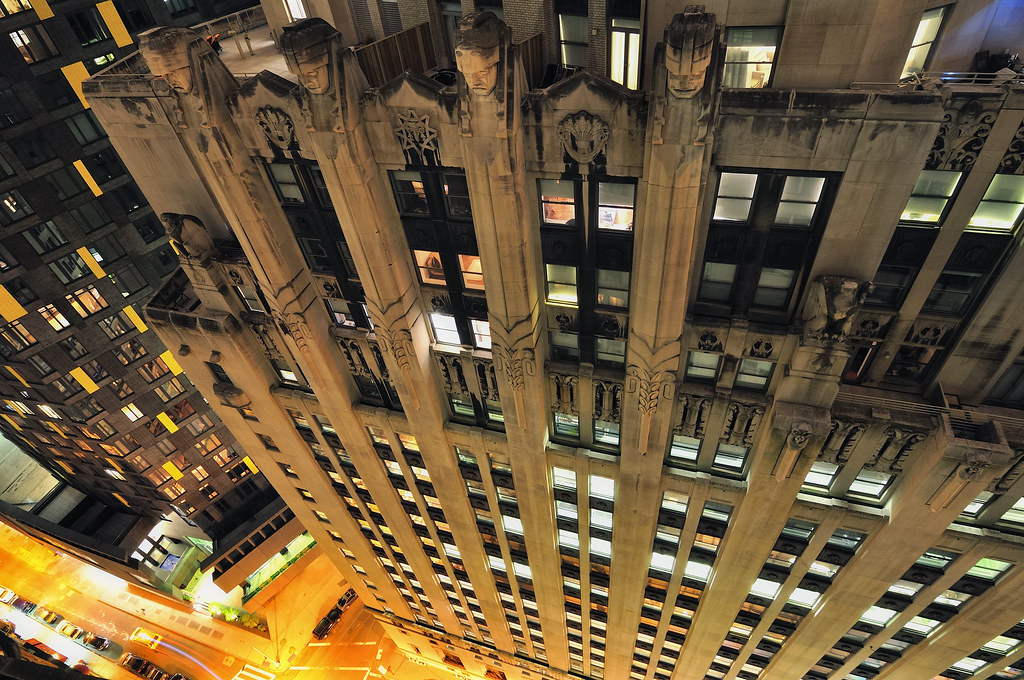
How to Choose the Safest Manhattan Neighborhood for Your Lifestyle?
Choosing your safest Manhattan neighborhood is a decision where data meets lifestyle. True peace of mind comes from not only low crime rates, but also a community that complements your daily rhythm. Below are the tips on how to choose the safest areas in Manhattan.
1. Foot Traffic Patterns
Manhattan offers a choice between two distinct kinds of magic after dark. Tranquil, residential atmosphere of Battery Park City or Sutton Place is ideal for quiet nights in and peaceful strolls. The Upper West Side and Lincoln Square offers vibrant nightlife to keep you alive.
2. Community Type
Choosing a neighborhood is easiest when you align it with your life stage. If you have a family, the Upper East Side, Upper West Side, or Battery Park City are ideal. If you’re a young professional, consider Murray Hill, Kips Bay, or the Financial District. For students, Roosevelt Island offers great value, while luxury seekers will find their match in Tribeca, Sutton Place, or the Financial District.
3. Community atmosphere
For an optimal living experience, prioritize both security and serenity. Living in buildings with a 24/7 doorman can effectively deters theft and provides peace of mind. At the same time, consider a location near a major park like Central Park or Hudson River Park, which offers a quiet, friendly atmosphere and a natural respite from the pace in NYC.
4. Commute Needs
The proximity to may transport links is important for daily commute when you decide to live in the safest neighborhoods in Manhattan. A short, well-lit walk from the station to your front door significantly enhances your sense of security, making late nights out less daunting.
Conclusion
The safest neighborhoods in Manhattan strike a rare balance between big-city excitement and small-community security. This guide offers information on 10 best safe areas in Manhattan for your reference. Whether you’re drawn to the waterfront calm of Battery Park City, the refined stability of the Upper East Side, or the arts-centered energy of Lincoln Square, there’s a secure neighborhood that fits your lifestyle and budget.
FAQ
What is the safest area in Manhattan?
Battery Park City and Tribeca are widely considered the safest neighborhoods in Manhattan. Both areas feature low crime rates, strong private security, excellent lighting, and stable residential communities.
What is the nicest part of Manhattan to live in?
Upper West Side. As one of the nicest parts in Manhattan, Upper West Side features affluent residences, well-equipped amenities, and green spaces. It blends residential tranquility, safety, and cultural vibrancy, suitable for families and young professional to live in.
Which Manhattan neighborhoods are best for families?
The most family-friendly neighborhoods in Manhattan include the Upper East Side, Upper West Side, Battery Park City, and Roosevelt Island. These areas offer strong safety records, excellent schools, parks, and walkable streets.
What is the safest area in Manhattan for young professionals?
Murray Hill, Kips Bay, and FiDi (daytime) are top choices for young professionals. These neighborhoods offer safe apartments with premium locations, convenient for daily commute to job areas.
Is Manhattan safer than other NYC boroughs?
In terms of violent crime, Manhattan ranks safer than Brooklyn and the Bronx. It offers private security, dense surveillance networks, and friendly communities for students to live in.


